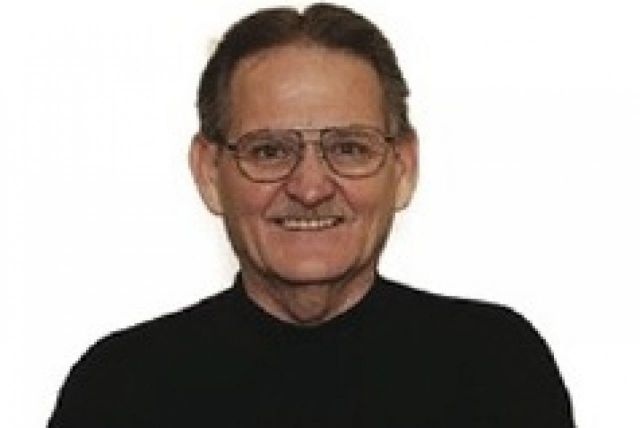The Art Of Being Wrong

She was starting the first of a five-year surgical residency. On that particular Monday morning she was attending her first grand round. In addition to the other four surgical residents in her class, there was the hospital’s chief resident, a general surgery professorfrom the medical school, three medical students, and a surgical scrub nurse. Grand rounds provided those involved with an opportunity to discuss specific cases, engage in clinical reasoning skills, and share new research information, while making their rounds seeing patients. It was a critical element of surgical training.
She had been on grand rounds before, but this one was different. This time, she was to be an active participant. She was not thereto observe; she was there to participate. She was self-confident, and she believed in herself. She wore that self-confidence on the inside, which produced a strong personal assurance. She never wore it on the outside as arrogance. On that morning, she was obviously a bit anxious, but she wasn’t fearful or uneasy. Instead, she was focused and eager. That morning they visited seven patients. All were either in post-op care or awaiting surgery.
As they walked into the first patient’s room, she remembered one of the first and most basic lessons from a course she took as a first-year medical student, Foundations of Medicine. On the first day of that course, the professor entered the lecture hall and immediately said, “Please notice what I’m wearing, and never greet a patient without it.” Everyone in the class looked. He had a stethoscope around his neck, and he was wearing a lab coat. On that coat he had a badge with his name, the name of the medical school, and his position. He wore a white shirt with a tie under his lab coat.
After several guesses from the class, he said, “No, you’ve missed it.” He wasn’t wearing it anymore. He then put it back on. “Ladies and gentlemen, always wear a smile when you greet patients. Generally you will not be seeing them for a social call. Patients come to you in search of healing and in need of help. A smile should be the first thing you offer them.”
So on that Monday morning, she put on her best smile. The first patient they reviewed was an older male who had a knee repair. He had no residual complications. When called on for her input, her response was spot on. Her smile grew. When she nailed it again with the second patient, a young lady in for a gallbladder removal, she was feeling good. Her growing smile showed it.
The third patient was a bit of a challenge. Many years of substance abuses compromised his health. This was complicated further by his failure to respond sooner to obvious signs that his health was failing. He needed surgery. Under the best of circumstance, it was a difficult procedure, and his general health made it all the more problematic. The residents were all slow to respond when the chief asked for input. With her smile still in place, she spoke up and gave it her best shot.
Had it been a textbook case, she would have been right, but with the mitigating circumstances she missed the mark. Her smile disappeared. She was distressed. The chief shared a thorough diagnosis, outlining surgical protocols and safeguards. The other residents remained silent, avoiding eye contact with her and the chief.
As they walked to the fourth patient, the previously smiling resident said, “Pardon me, but I have some questions.” The chief turned, and looked directly at her. “What did I miss with that last patient?” He usually involved everyone on the team during grand rounds, but in this instance he spoke directly to her. He shared a rationale for specific procedures and safeguards. The others just stood and listened. He never chastised her, and she never offered an excuse.
There were lessons to be learned. The chief was teaching and the resident was learning. When their exchange was over, she thanked him. He paused, smiled, then said, “No--thank you!” They were both smiling. The last two patients on this grand round were routine.
The chief concluded the round with some general comments. When he was done, he asked to see the still smiling resident, after the others had moved on. “Ours is an exacting line of work,” he said. “Our best efforts are largely based on our willingness to know when we are wrong, and do everything in our power to learn, move ahead, and get it right. Today, with that third patient, you showed that you know how to be wrong, and you know how to react when you are. Never lose that, or your smile.”
